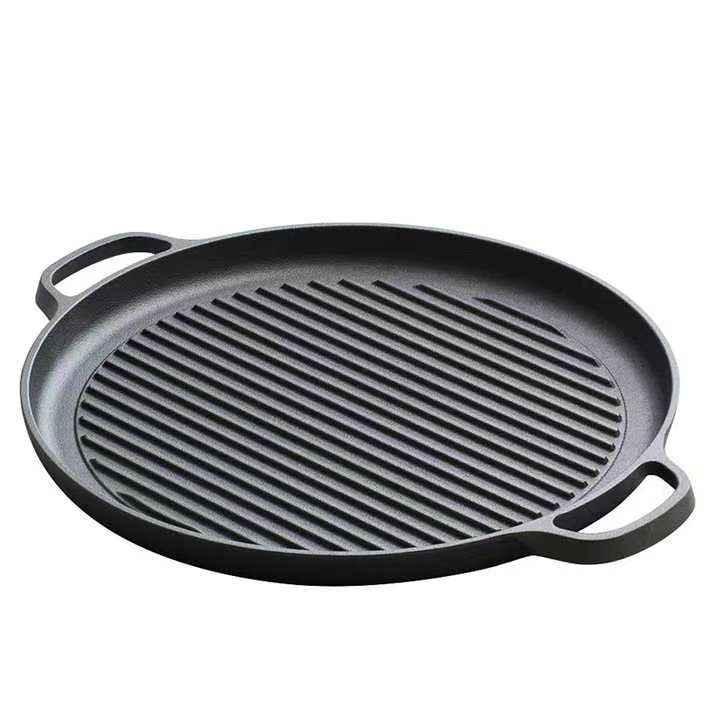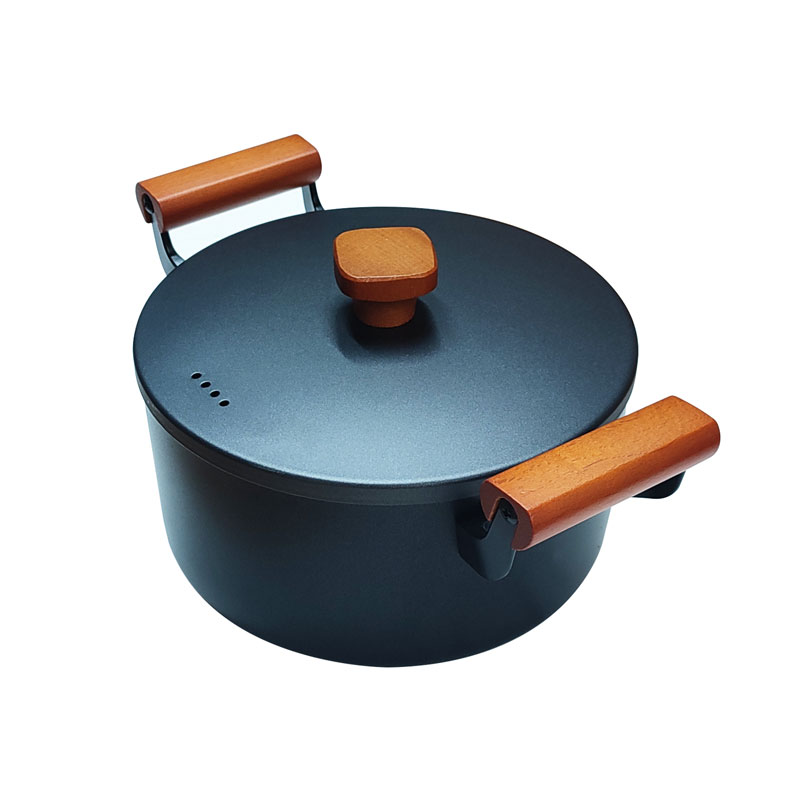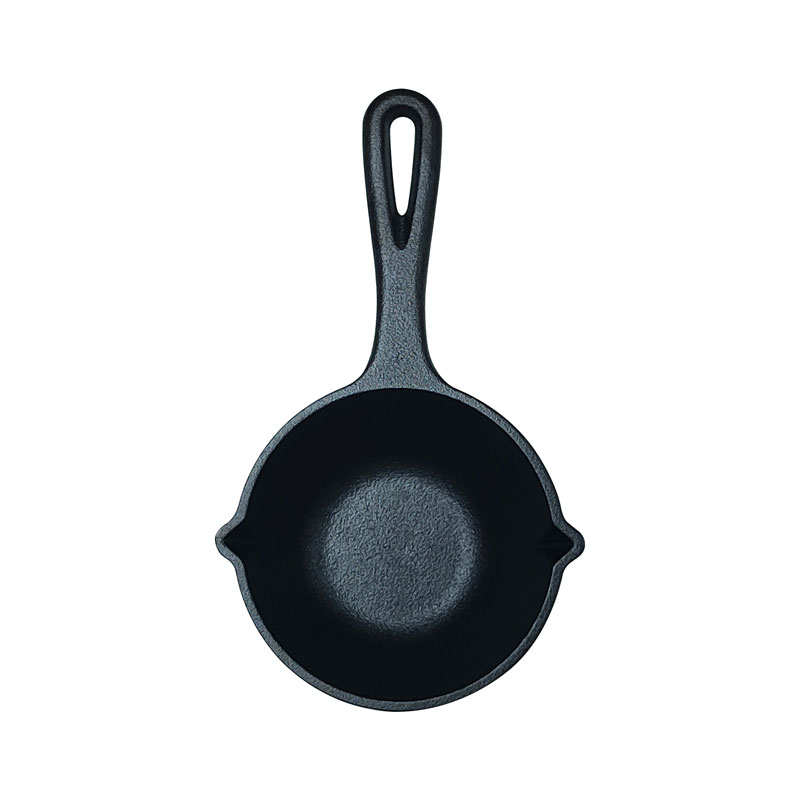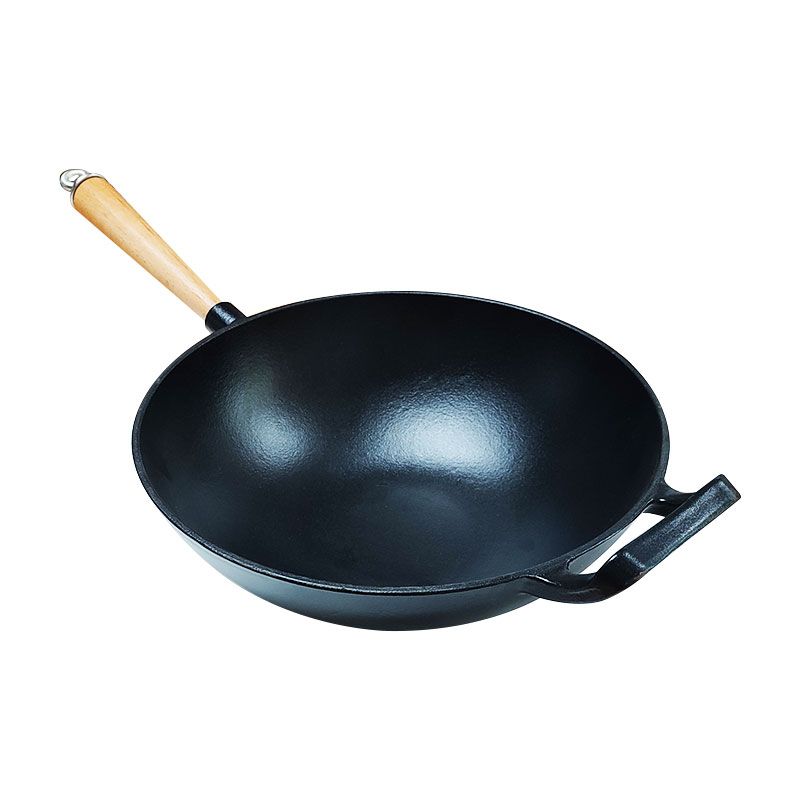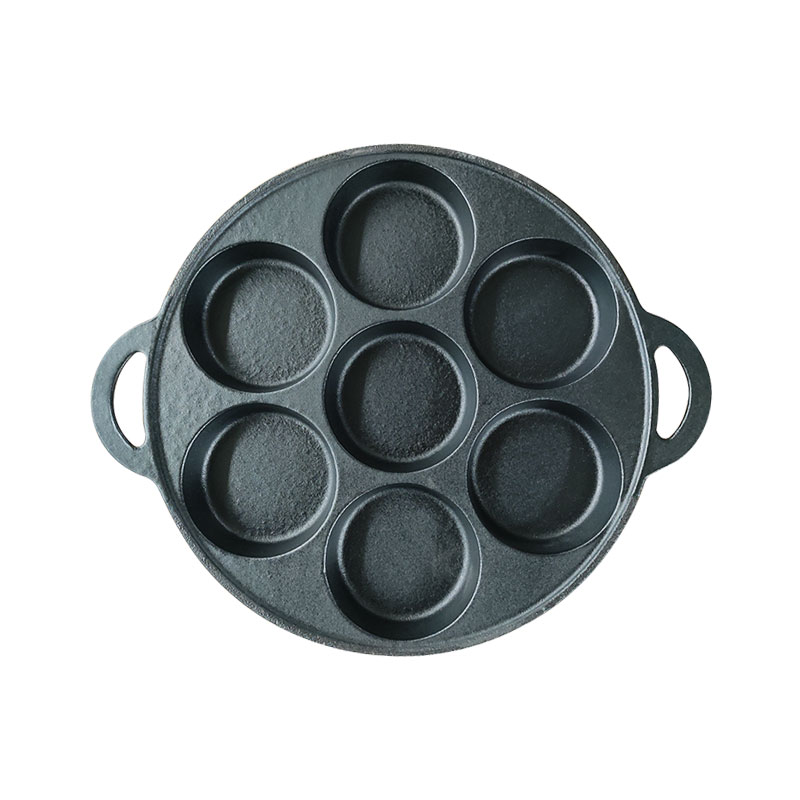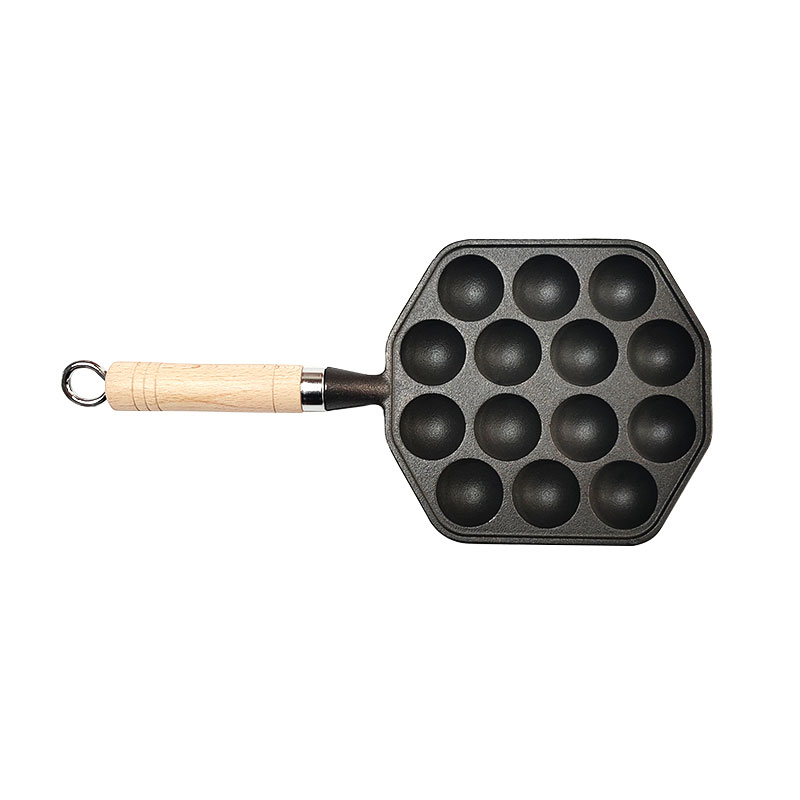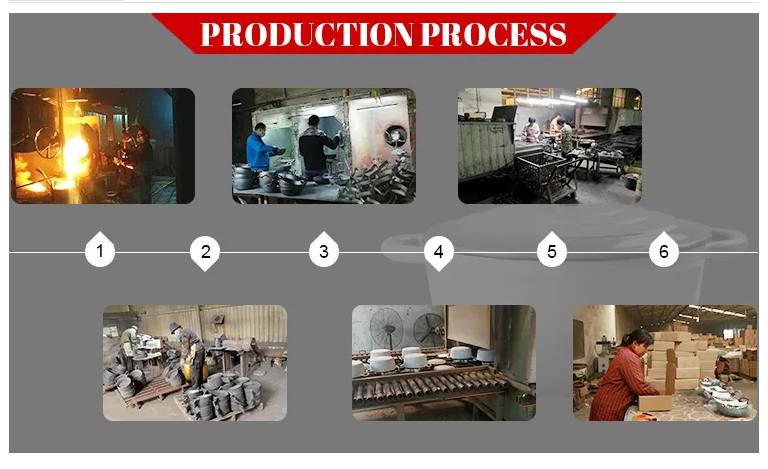- 아프리카 사람
- 알바니아
- 암하라어
- 아라비아 말
- 아르메니아 사람
- 아제르바이잔
- 바스크 사람
- 벨라루스어
- 벵골 사람
- 보스니아어
- 불가리아 사람
- 카탈로니아 사람
- 세부아노어
- 코르시카어
- 크로아티아어
- 체코 사람
- 덴마크 말
- 네덜란드 사람
- 영어
- 에스페란토 말
- 에스토니아 사람
- 핀란드어
- 프랑스 국민
- 프리지아어
- 갈리시아어
- 그루지야 사람
- 독일 사람
- 그리스 사람
- 구자라트어
- 아이티 크리올어
- 하우사어
- 하와이안
- 헤브라이 사람
- 아니요
- 먀오족
- 헝가리 인
- 아이슬란드어
- 이그보
- 인도네시아 인
- 아일랜드
- 이탈리아 사람
- 일본어
- 자바어
- 칸나다어
- 카자흐어
- 크메르어
- 르완다
- Korean
- 쿠르드어
- 키르기스어
- 노동
- 라틴어
- 라트비아 사람
- 리투아니아 사람
- 룩셈부르크어
- 마케도니아 어
- 마다가스카르 사람
- 말레이 사람
- 말라얄람어
- 몰티즈
- 마오리족
- 마라티어
- 몽고 어
- 미얀마
- 네팔어
- 노르웨이 인
- 노르웨이 인
- 오크어
- 파슈토어
- 페르시아 인
- 광택
- 포르투갈 인
- 펀잡어
- 루마니아 사람
- 러시아인
- 사모아인
- 스코틀랜드 게일어
- 세르비아 사람
- 영어
- 쇼나어
- 신디어
- 싱할라어
- 슬로바키아 사람
- 슬로베니아
- 소말리아
- 스페인 사람
- 순다어
- 스와힐리어
- 스웨덴어
- 타갈로그어
- 타지크어
- 타밀 사람
- 타타르어
- 텔루구어
- 태국어
- 터키어
- 투르크멘 말
- 우크라이나 말
- 우르두어
- 위구르족
- 우즈베크어
- 베트남 사람
- 웨일스 말
- 돕다
- 이디시어
- 요루바어
Cast Iron Cake Pan FAQs
Is It Pre-seasoned?


Yes, it’s ready to use with a nonstick surface.
Can I Use It in the Oven?


Yes, it’s oven-safe and handles high heat well.
How Do I Clean It?


Hand wash only, dry thoroughly, and apply light oil.
Will Cakes Stick to the Pan?


No, the seasoning helps prevent sticking.
Is It Suitable for Gas or Stove Use?


Yes, but it’s best used in the oven for even baking.


주철 조리기구 특가를 지금 문의하세요
아래 양식을 작성하시면 저희 팀에서 가격, 제품 세부 정보, 맞춤 옵션에 대한 정보를 제공해 드립니다.










